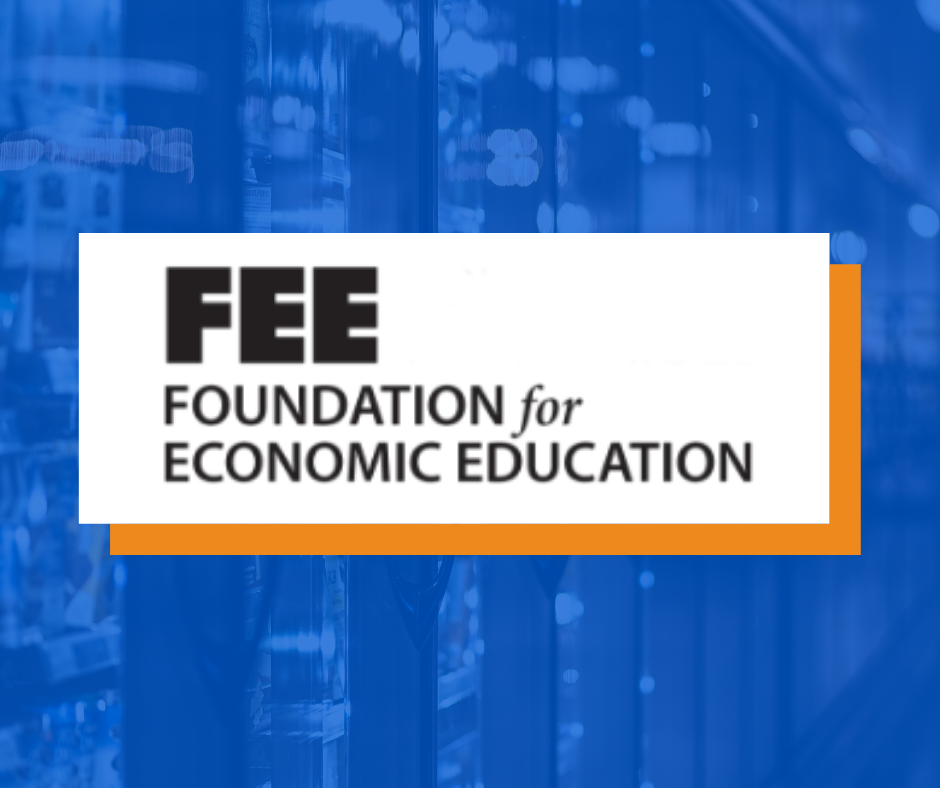Payment services are a prevalent and necessary part of the U.S. economy. Statistics show that 83 percent of Americans carry at least one credit card, with the average American having up to three. Roughly 93 percent of consumers have a debit card. The cashless methods imposed during the COVID-19 pandemic solidified credit and debit purchases as standard practice, and buy-now buttons and tap-to-pay point-of-sale systems have enabled frictionless payments for daily transactions.
In addition to improvements in purchase options, making payments on bills has also become easier with automatic withdrawals, electronic transfers, and overdraft protection services. Banks and creditors are also more likely than ever to send notifications and reminders to ensure consumers don’t overlook a payment or incur penalty fees.
Yet, despite such advancements in payment and consumer engagement capabilities, the Consumer Financial Protection Bureau (CFPB) is aiming to intervene in credit dealings, and the Biden Administration has made it clear that banks should be viewed as bullies at odds with their members. The President has claimed that banks engage in “exploitation” via their service and that their fees for overdrafts and late payments should be reined in. And, given the CFPB’s track record for interfering with fee-related charges, the agency is eager to engage.
As part of the Federal Reserve, the CFPB purports to protect consumers from unfair or anticompetitive practices within the financial sector, but its efficacy here is debatable. For instance, the Federal Reserve recently sought to impose price caps on interchange fees, claiming that it would encourage competition and lower costs for both merchants and consumers. History proves the opposite to be true when the government gets involved. A case in point is the Durbin Amendment, which went into effect in October 2011 and set a cap on interchange fees at a flat rate of $0.22 per transaction. Although the price cap lowered marginal costs for merchants, the cost for banks was significant, with an annual loss of $6.5 billion. As a result, banks sought to offset the difference, and, according to a study published by the University of Pennsylvania, the share of free basic checking accounts requiring $0 monthly minimums decreased from 60 percent to 20 percent. Checking account fees increased from an average of $4.34 monthly to $7.44 monthly, and the monthly minimums for avoiding such fees went up by roughly 25 percent. Finally, monthly interest fees on checking accounts jumped to around 13 percent while any special offers banks had previously associated with opening an account were rolled back.
Read the full text here




